
Below are some past expeditions featured on the OceanExplorer.NOAA.gov website that visited cold seep sites.
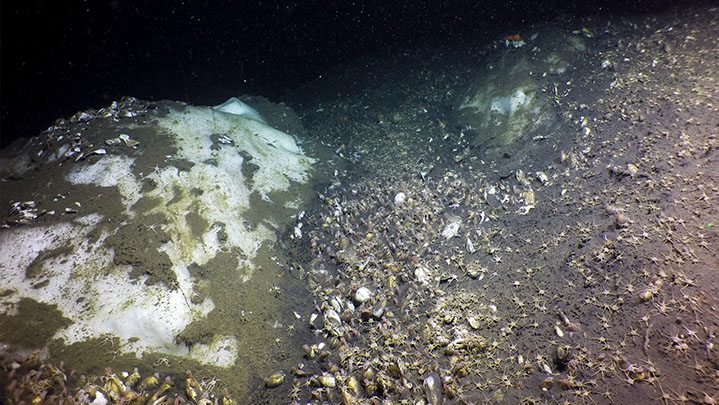
September 2020: With our increased ability to identify the abundant number of seeps now known to exist, we also can better understand the potential roles they have in the ocean ecosystem. These habitats are not rare dots on the seafloor but expansive regions covering our undersea coastlines. The emerging discovery of these numerous seeps holds significance not only for the global role of the ocean but also its impact on humans who rely on the ocean for their livelihood.
Read more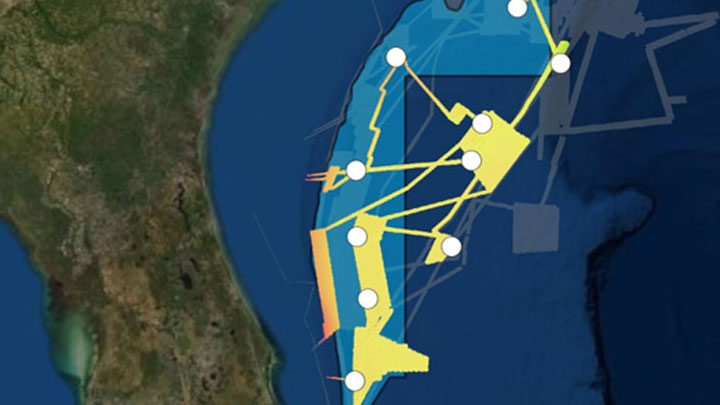
May-July 2019: From May 30 through July 12, 2019, NOAA and partners conducted a two-part, telepresence-enabled ocean exploration expedition on NOAA Ship Okeanos Explorer to collect critical baseline information about unknown and poorly understood deepwater areas of the southeastern United States.
Read more
August - September 2018: From August 19 to September 2, 2018, NOAA and partners at the Bureau of Ocean Energy Management and the U.S. Geological Survey conducted a research expedition on the Woods Hole Oceanographic Institution-operated R/V Atlantis to collect critical baseline information about deepwater habitats offshore the U.S. Mid- and South Atlantic.
Read more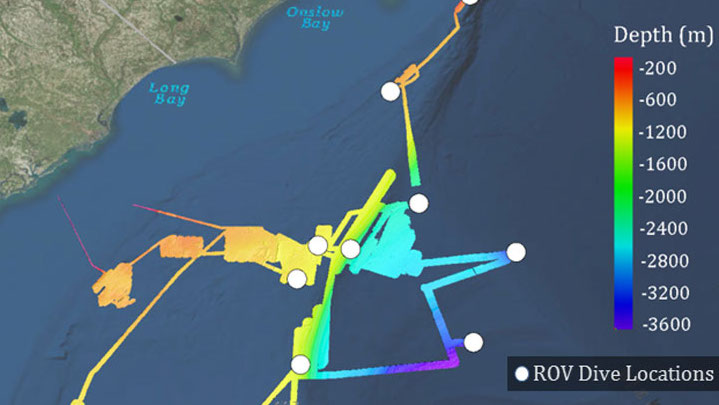
May - July 2018: NOAA and partners conducted an expedition on NOAA Ship Okeanos Explorer to collect critical baseline information about unknown and poorly understood deepwater areas of the Southeastern United States.
Read more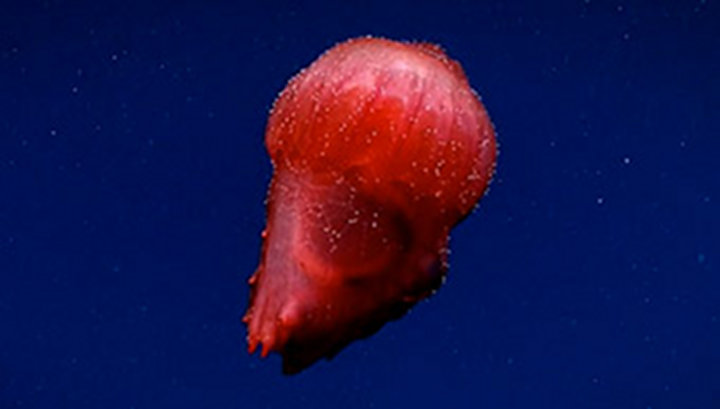
During the Gulf of Mexico 2017 expedition, a team of scientists and technicians, both at sea and on shore, conducted exploratory investigations into the diversity and distribution of deep-sea habitats and associated marine communities in the Gulf of Mexico basin.
Read more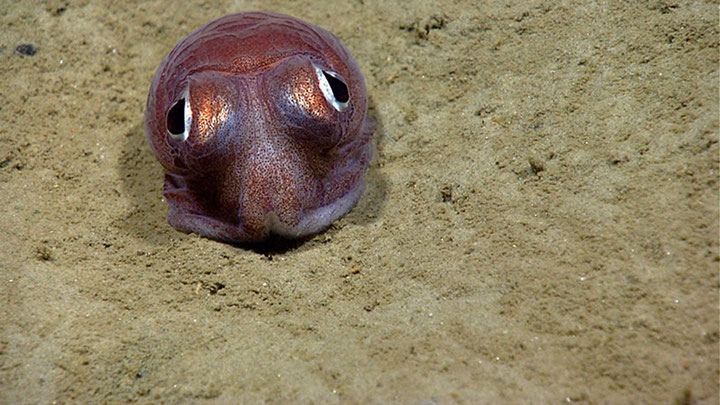
A team of scientists and technicians both at sea and on shore conducted exploratory investigations on the diversity and distribution of deep-sea habitats and marine life along the Northeast U.S. Canyons and at Mytilus Seamount, located within the U.S. Exclusive Economic Zone.
Read more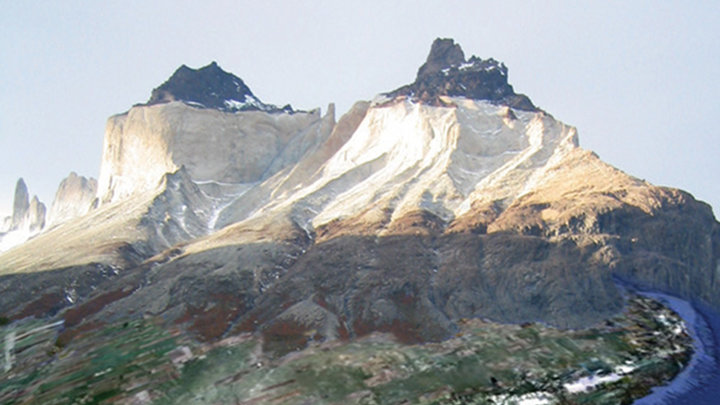
A main goal of the Chile Margin 2010 expedition was to explore the Chile triple junction, which is the only place on Earth where an actively spreading mid-ocean ridge is being subducted beneath a continent, providing a unique setting for scientists to compare fauna at both hydrothermal vents and cold seeps in close proximity.
Read more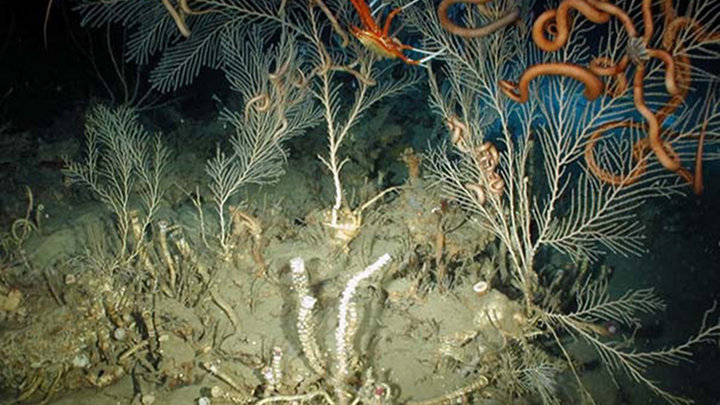
This expedition consisted of four scientific investigations to study the continental shelf break and slope from the eastern coast of Florida to North Carolina. It focused on the characterization of deep-reef habitats; exploration of the unique outer shelf and slope habitats off the Carolinas; discovery of new resources with pharmaceutical potential; and exploration of vision and cold seeps in the deep-sea benthos.
Read more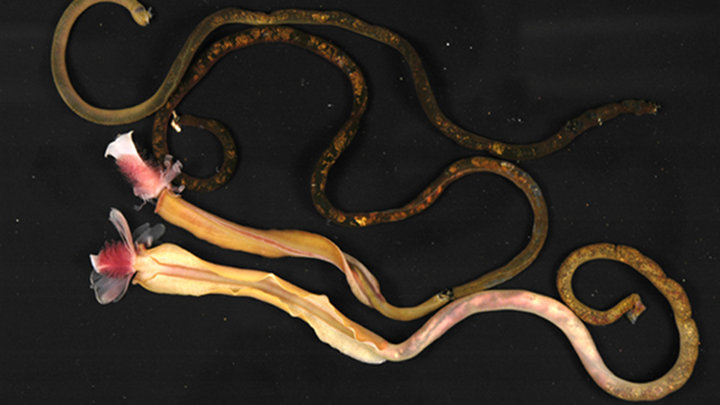
The objective of New Zealand Seeps, or NEW ZEEPS 06, was to study the fauna and microbial communities of four types of chemosynthetic habitats: hydrothermal vents, cold seeps, whale falls, and sunken wood. The waters around New Zealand are among the few places in the world where these four chemosynthetic habitat types occur in close proximity.
Read more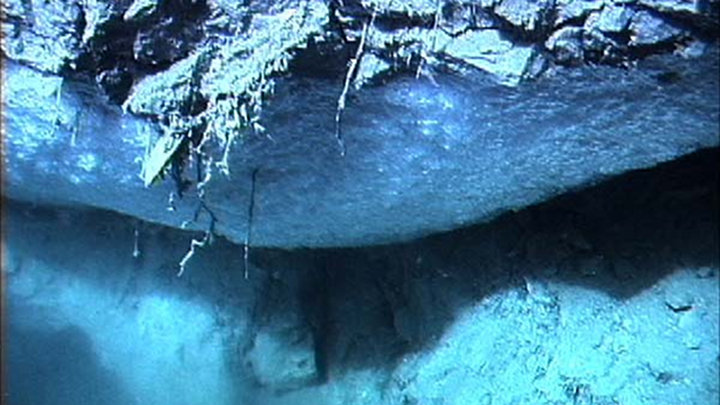
During this expedition, scientists used the Alvin submersible and other tools to explore the biology, physics, and chemistry of seafloor methane seeps at water depths of 2,000 to 2,800 meters off the coast of the southeastern United States.
Read more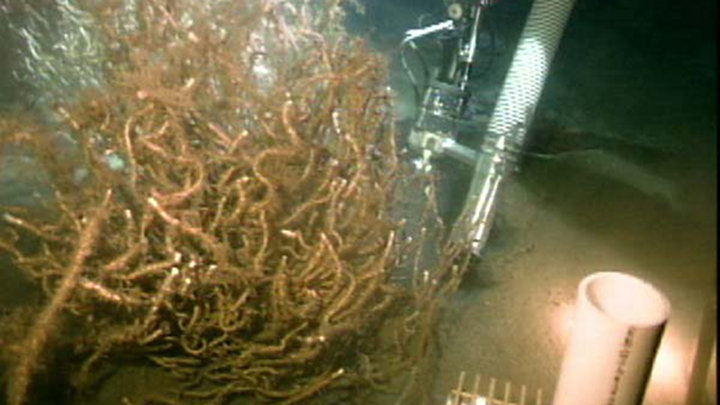
In 2002, a series of explorations took place in the Gulf of Mexico during the summer in order to discover and characterize new species at methane seep sites, explore unique outer shelf and slope habitats, and discover new resources with pharmaceutical potential
Read moreThe above items are only a selection of the educational materials highlighting cold seeps on our website.
View More